Assuming The Best: The Power Of Teaching Through Positive Assumption
Of course, you won’t always be correct but the goal of these kinds of positive assumptions isn’t accuracy, it’s giving children room to grow.
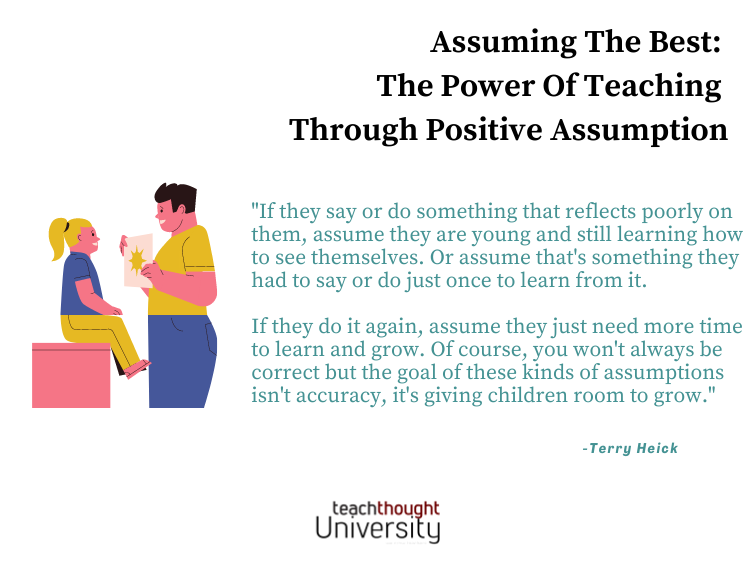
Of course, you won’t always be correct but the goal of these kinds of positive assumptions isn’t accuracy, it’s giving children room to grow.

The idea here is digital movement through physical spaces–to see and witness places like Seoul if only, for now, through a screen.
As organizations choose flexible working arrangements, there is hope for a more modern outcomes-based, self-directed learning pattern.
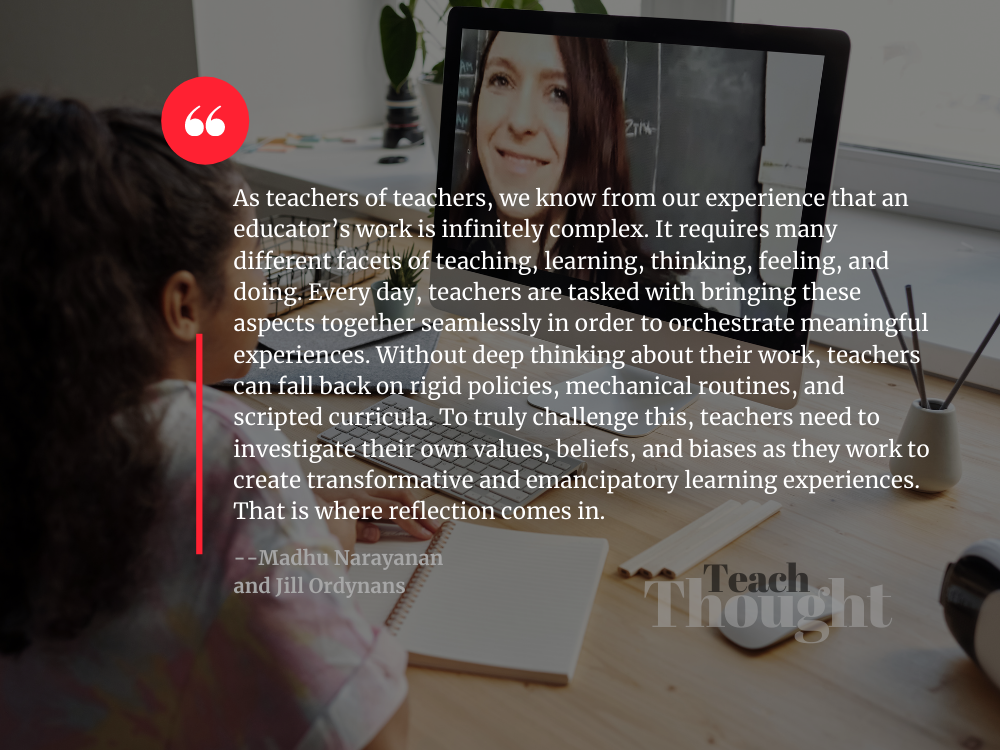
Reflection is important in teaching — it prompts investigation of values, beliefs, & biases as teachers work to engage & transform students.
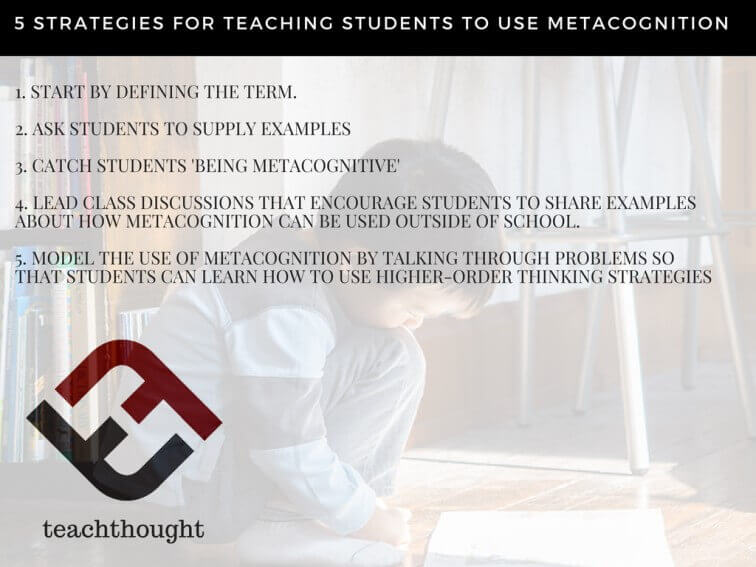
Teaching strategies for student metacognition include modeling it, defining it, and clarifying how it helps them beyond the classroom.
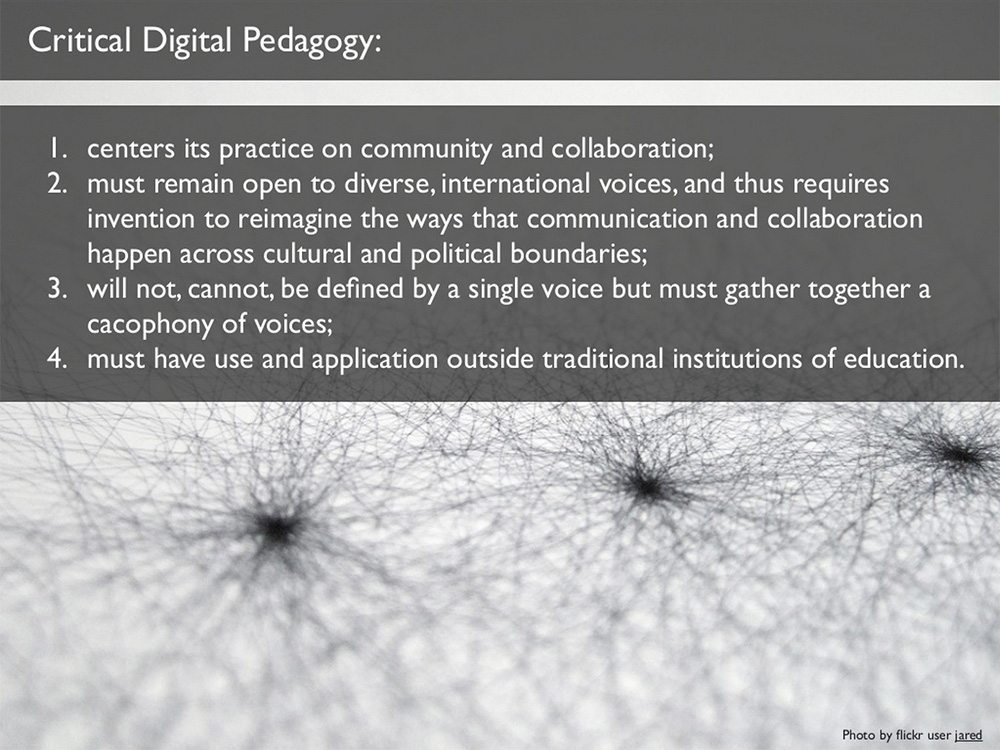
Critical digital pedagogy must remain open to diverse voices and requires rethinking of how that collaboration happens across boundaries.
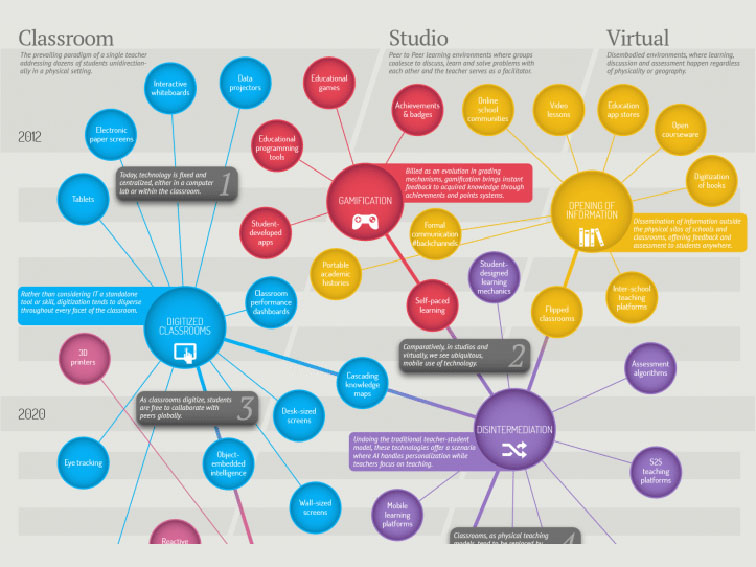
Mind-maps allow teachers to gain insight into their students’ thought processes and see the development of their work.
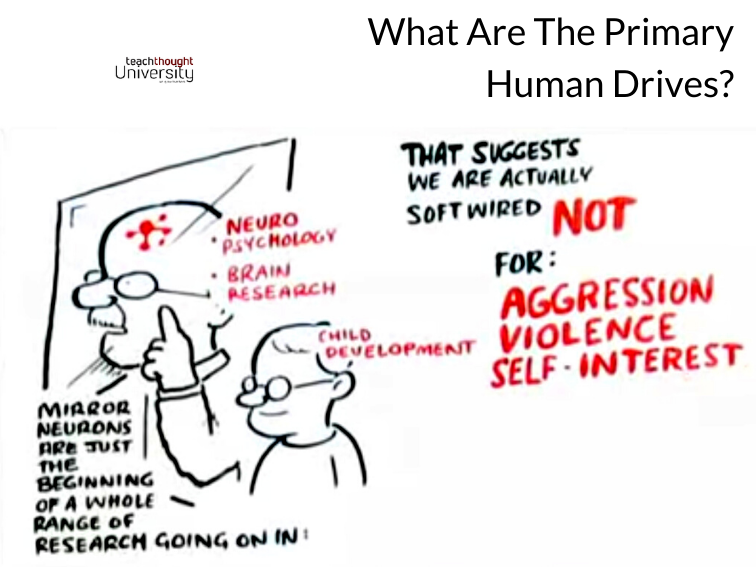
In outlining this theory, Rifkin provides four fundamental human needs culminating in a ‘first drive’: the drive to belong.
Access to education worldwide is a multifaceted challenge with significant disparities. In many developed countries, there is relatively good access to quality education, with free or affordable public schooling systems, well-trained teachers, and access to educational resources. However, access can still be limited in some regions due to socioeconomic factors, such as income inequality, and…
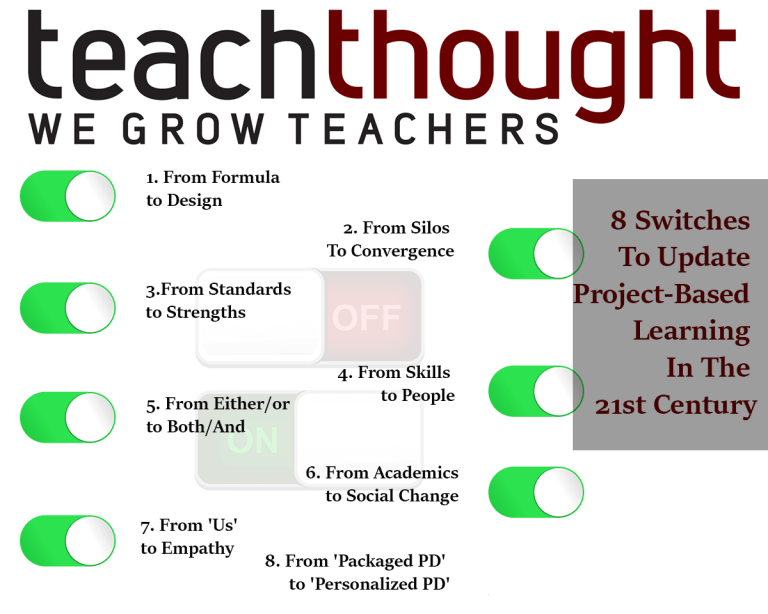
PBL is a service-oriented form of instruction — here are 8 project-based learning switches you can make for 21st century learning.
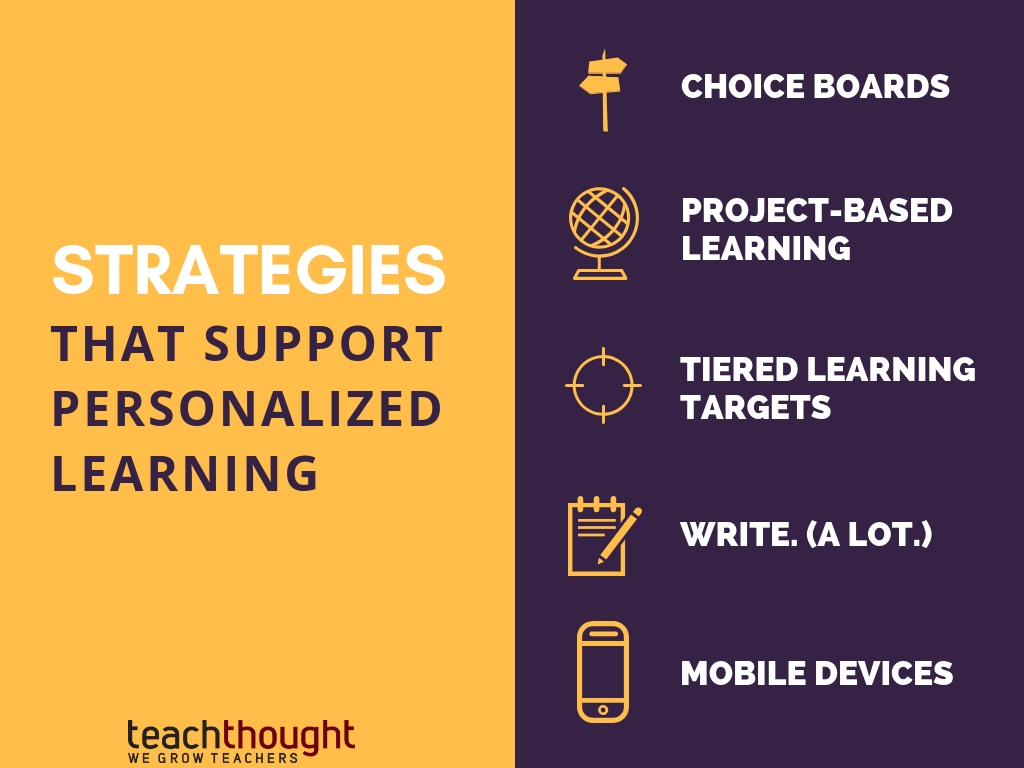
A choice board is a simple personalized learning tool that provides scaffolding, tiering, use of Bloom’s, multiple learning styles, and more.
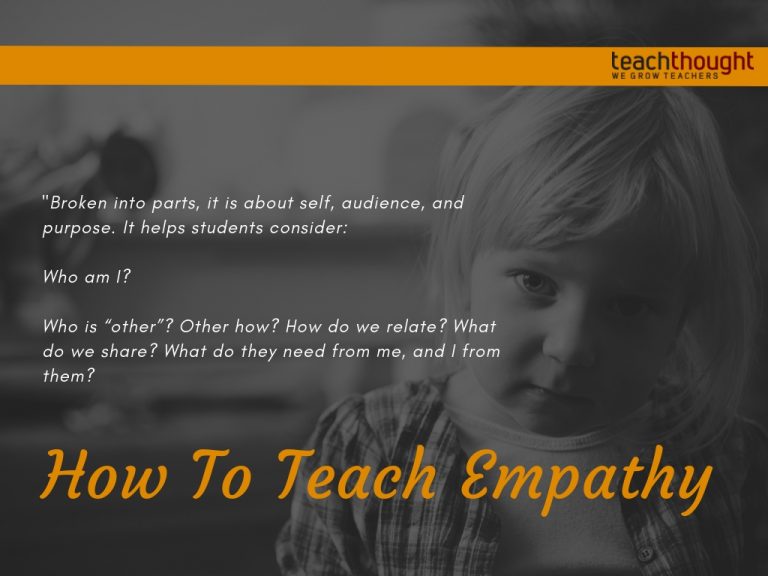
Want to teach students empathy? Start by helping students themselves not, “How am I unique?” but rather “How are we the same?”
End of content
End of content